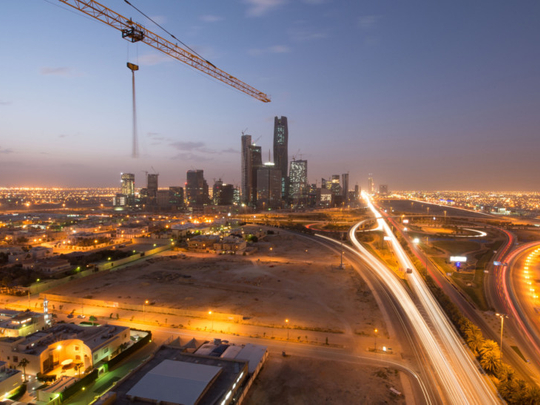
Saudi Arabia’s government aims to increase spending by over 7 per cent next year in an effort to boost sluggish economic growth, while continuing to cut its budget deficit gradually, finance ministry figures released on Sunday showed.
The ministry forecast state spending would climb to 1.106 trillion riyals (Dh1.08 trillion) in 2019 from its latest estimate for 2018 of 1.030 trillion riyals.
But it also projected a jump in revenues to 978 billion riyals, up 11 per cent from 2018. That would leave a deficit of 128 billion riyals or 4.1 per cent of gross domestic product next year, compared to 148 billion riyals and 5.0 per cent this year.
Finance Minister Mohammed Al Jadaan said spending in 2019 would focus on growth and creating jobs. The government will soon announce policies to support the private sector in areas such as industry and tourism, he said without elaborating.
But Riyadh will also press ahead with a drive to eliminate the deficit entirely, he told a briefing on the 2019 budget ahead of its expected release in December.
The budget “is yet another step in cutting deficits gradually in the medium term, until we rebalance the budget entirely by 2023,” Jadaan said.
The pre-budget briefing was the first ever held by the finance ministry, and was intended to make Saudi fiscal policy more transparent, officials said.
In line with longstanding Saudi policy, Jadaan declined to reveal the oil price assumed in the budget forecasts. A ministry statement said non-oil revenues were increasing because of steps such as subsidy reductions and higher levies on foreign workers.
However, a recent surge in oil prices may also be causing Riyadh to raise its revenue forecasts; Brent crude has surged to a four-year high above $82 a barrel from around $65 at the end of last year.
The ministry released medium-term forecasts which showed a slight rise in the deficit to 138 billion riyals or 4.2 per cent of GDP in 2020, followed by a drop to 125 billion riyals or 3.7 per cent in 2021.
Saudi Arabia’s public debt has been increasing rapidly in the last few years as it finances budget deficits, but Jadaan said it would remain under a previously announced ceiling of 30 percent for the foreseeable future.
At 20 per cent of GDP in 2018, the ratio will edge up to 22 per cent next year, 23 per cent in 2020 and 25 per cent in 2021, he predicted.
The projections are based on conservative forecasts for economic growth; GDP is expected to expand 2.1 per cent in 2018, 2.3 per cent in 2019, 2.2 per cent in 2020 and 2.4 per cent in 2021, the finance ministry statement showed.










